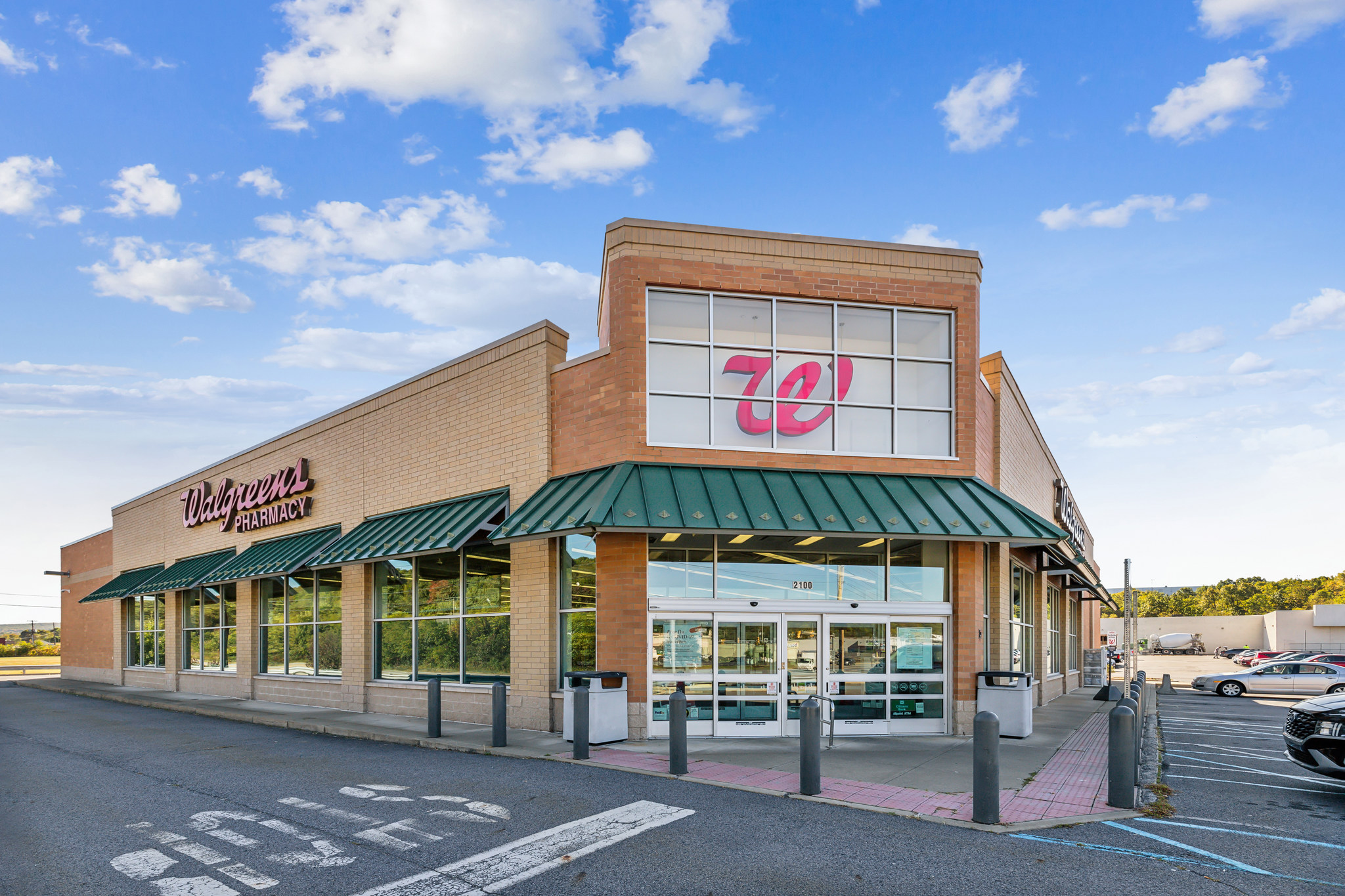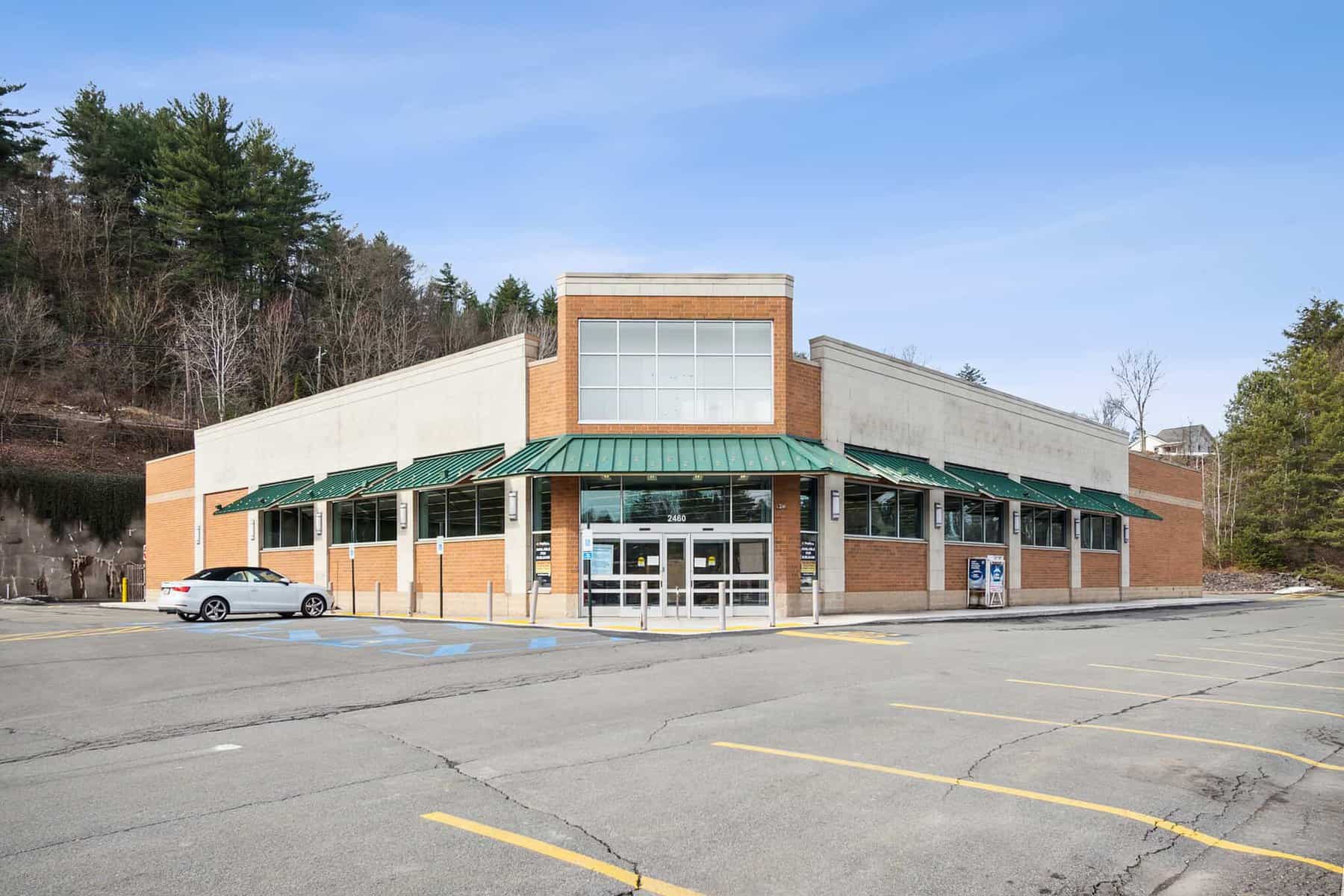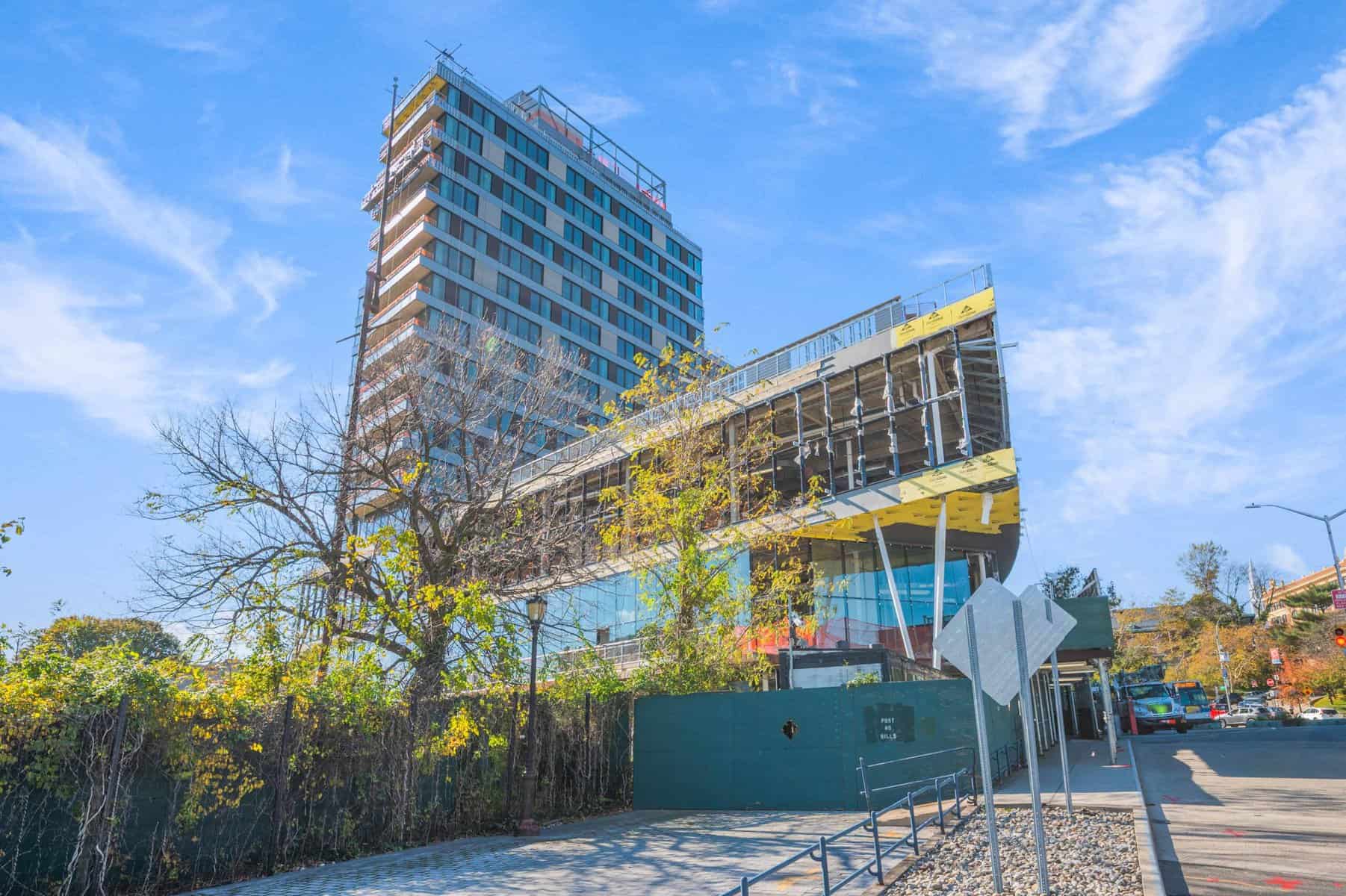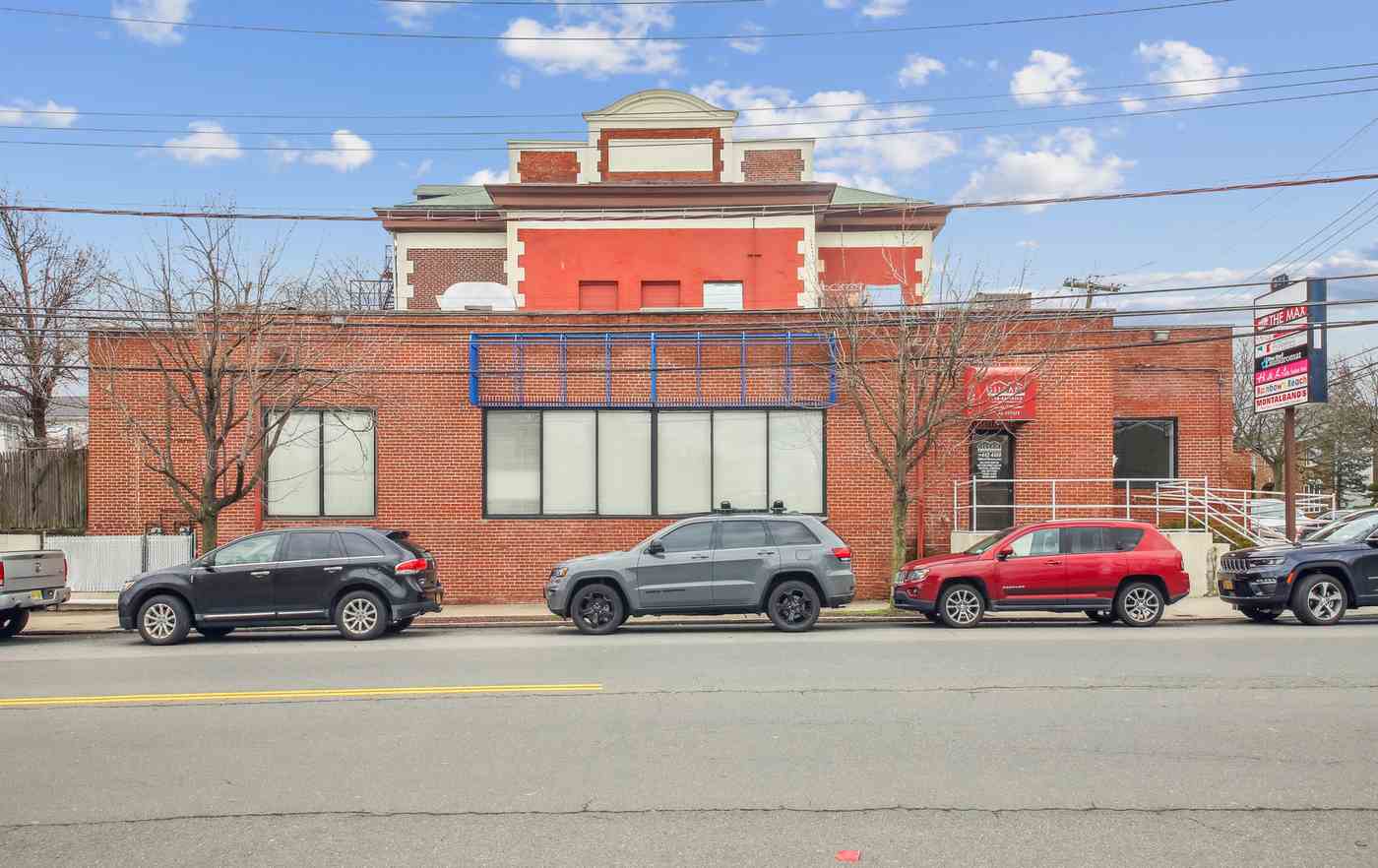What Exactly Is An Awning?
A patio awning or backyard awning provides shade and shelter. They can be a great way to add privacy or create more usable space for outdoor entertaining. Awnings are roof coverings that cover the opening in a building, such as a living area, a balcony, or an elevated platform. Awnings are used to protect against rain, snow, sun, wind, and other environmental elements and cover buildings’ openings to control light, heat, or privacy. They are often made from fabric, plastic or wood, and can be open or closed. They can add extra style to your home and even have the ability to increase its value. How do you decide which awning is best for your home when there are so many options available?
Consider How You Use Your Outdoor Space
This will be the first step in choosing the right awning. You might think this step is straightforward, but getting it wrong will result in you losing money and being unsatisfied. Therefore, it is essential to consider if you’ll be entertaining a lot or use the space more for relaxing. The awning you choose should match your choice.
Will Provide Adequate Shade?
Whatever the location of your patio, you should ensure that you know where the sun rises and sets. This will be an essential factor in deciding because it will influence what type of awning you eventually purchase. For instance, if you usually use your patio in the evening but the sun will shine directly in this location during that time, you will want to make sure your awning provides enough shade for this to be a comfortable experience.

Correct Material For The Climate
The material your awning should be made of dramatically depends on the region in which you live. A fixed awning made from wood or another hard material might be a good choice for areas that receive a lot of snowfall. In contrast, a fabric material might be the best choice if you live in a sunnier climate. A heavy snowfall or a strong wind could tear the fabric versions, destroying your investment. The more common materials include:
-
Polyester: In many ways, polyester is the perfect fabric to use for an awning. It is tough, being able to stand up to most weather conditions, and easy to clean. However, the only real downside is that it isn’t good-looking and could ruin the aesthetic of your home if you have a particular style you want to maintain.
-
Canvas: Similarly to polyester, the canvas is a hard-wearing material that can stand up to the elements (it is used in sails, after all). However, it needs to be stretched at all times, or it will begin to sag and pick up detritus from the environment. It also has a somewhat “rough” look to it.
-
Cotton: In many ways, this is the perfect fabric for an awning. It looks great and is naturally resistant to some forms of mold and mildew (but not all). Nevertheless, it is pricier than the other fabrics and doesn’t have good flame resistance.
-
Wood: You should choose wood if you are satisfied with only using it in one location. Wood can look great and is durable, but it will cost more and will need constant upkeep.
-
Metal: The advantages of a metal awning regarding price, durability, and flame resistance are indisputable. The downside is that it’s not the prettiest material, and it makes a lot of noise in the rain. Zoning laws might also prohibit this material.
To Move Or Not To Move, That Is The Question
Awnings come in a variety of options regarding if you want them to move or not. The main choices are retractable, freestanding, or fixed.
Retractable
Some of the more common awnings are retractable, meaning they are made to open and close by turning a crank. Some awnings are also detachable, meaning they can be detached from the building, providing you can find convenient storage space for them. For example, retractable awnings in Columbus, OH, would be a great choice because the weather here is more suited to this particular style of awning. Retractable awnings provide safe and convenient protection from the elements that include sun, wind, rain, snow, hail, and even bugs. In contrast, detachable awnings offer quick and easy access to the outdoors.
Freestanding
A freestanding awning is a shelter supported by its own poles and posts but is primarily freestanding, able to be moved around to suit various situations. Freestanding awnings can be fixed to the ground or hang from an overhead or ceiling support system. They are usually flat or semi-flat, but some are round.
Fixed
This type of awning provides the most significant protection against the elements but also the least flexibility. If you want a fixed awning, several factors will determine your decision. In a location that is regularly affected by bad weather, a fixed option will undoubtedly be your best option. However, you should consider it carefully for everyone else because it is a lot of work to redo it after it has been installed.
Color
Choosing colors is a simple matter of knowing what compliments the overall design of your property. It is generally desirable to use lighter shades since they reflect and block the sun’s heat. If you also think about how your awnings affect your interiors, you can use complementary colors and styles to make your indoor and outdoor spaces flow together.
With so many options available, picking the right patio awning can prove challenging. Still, if you start thinking carefully about how you will use the space, the rest will come naturally.
For more information on everything real estate you can visit our blog section for more great articles.







Leave a Comment